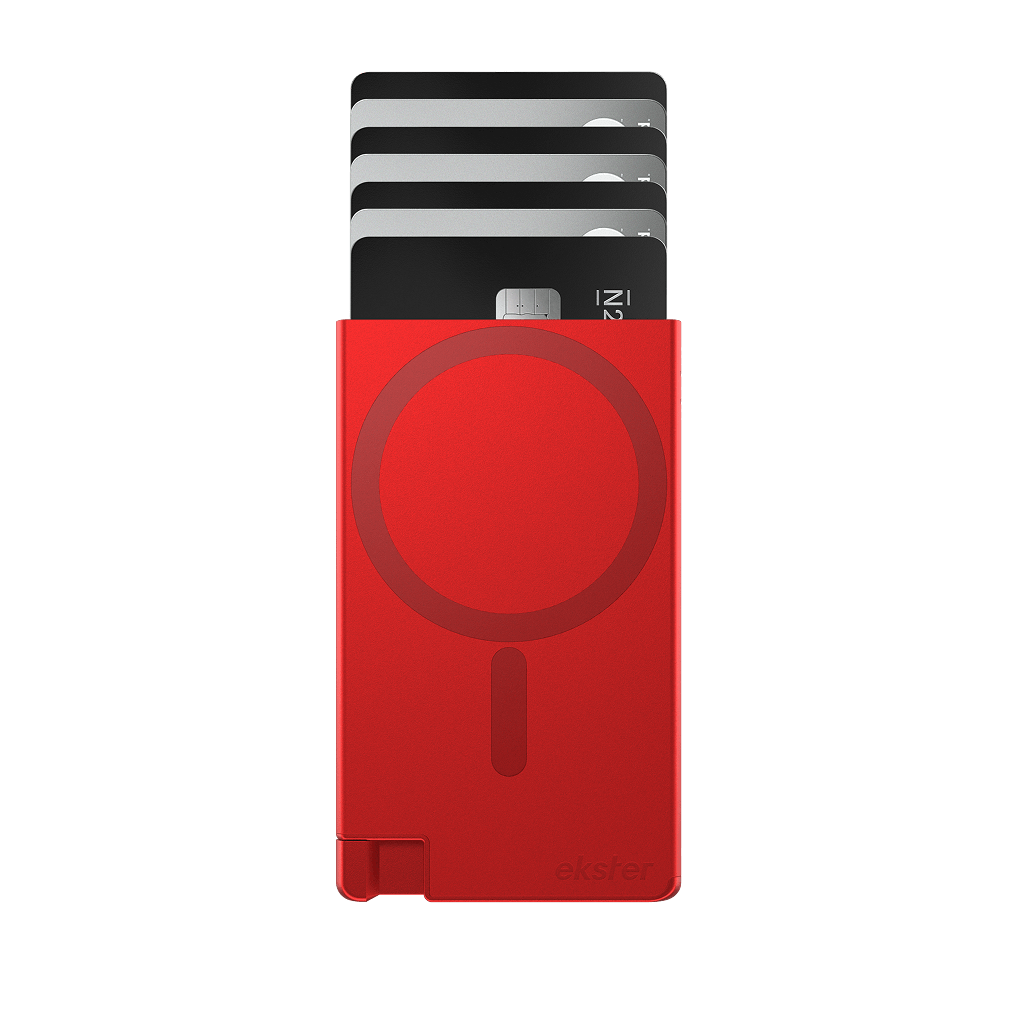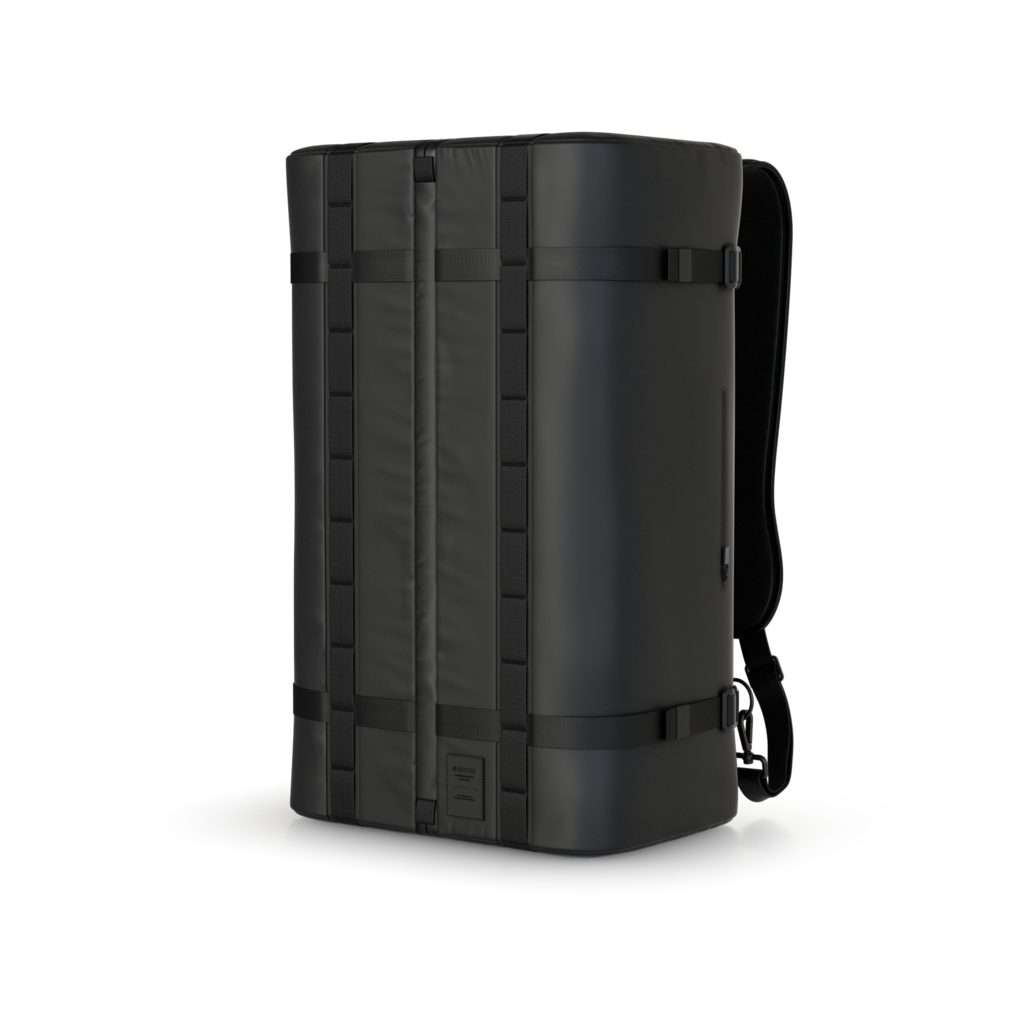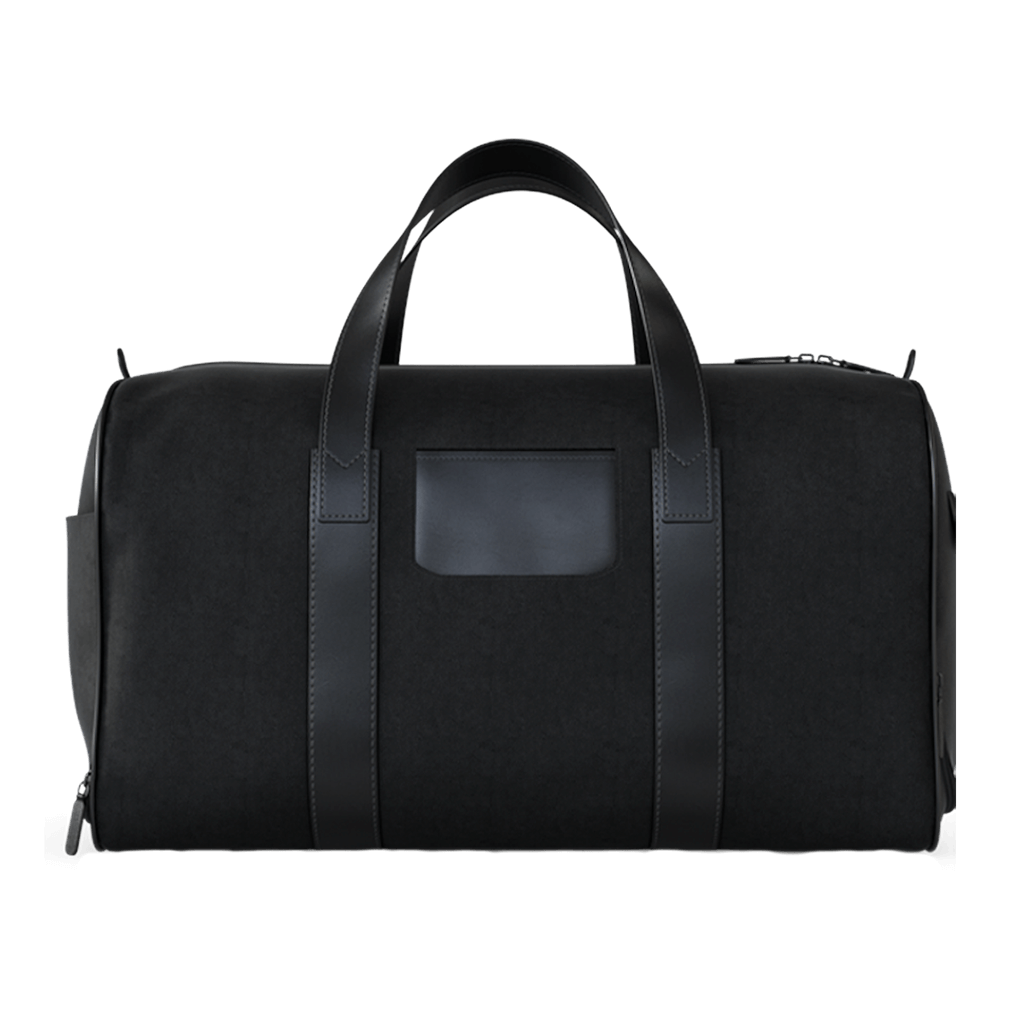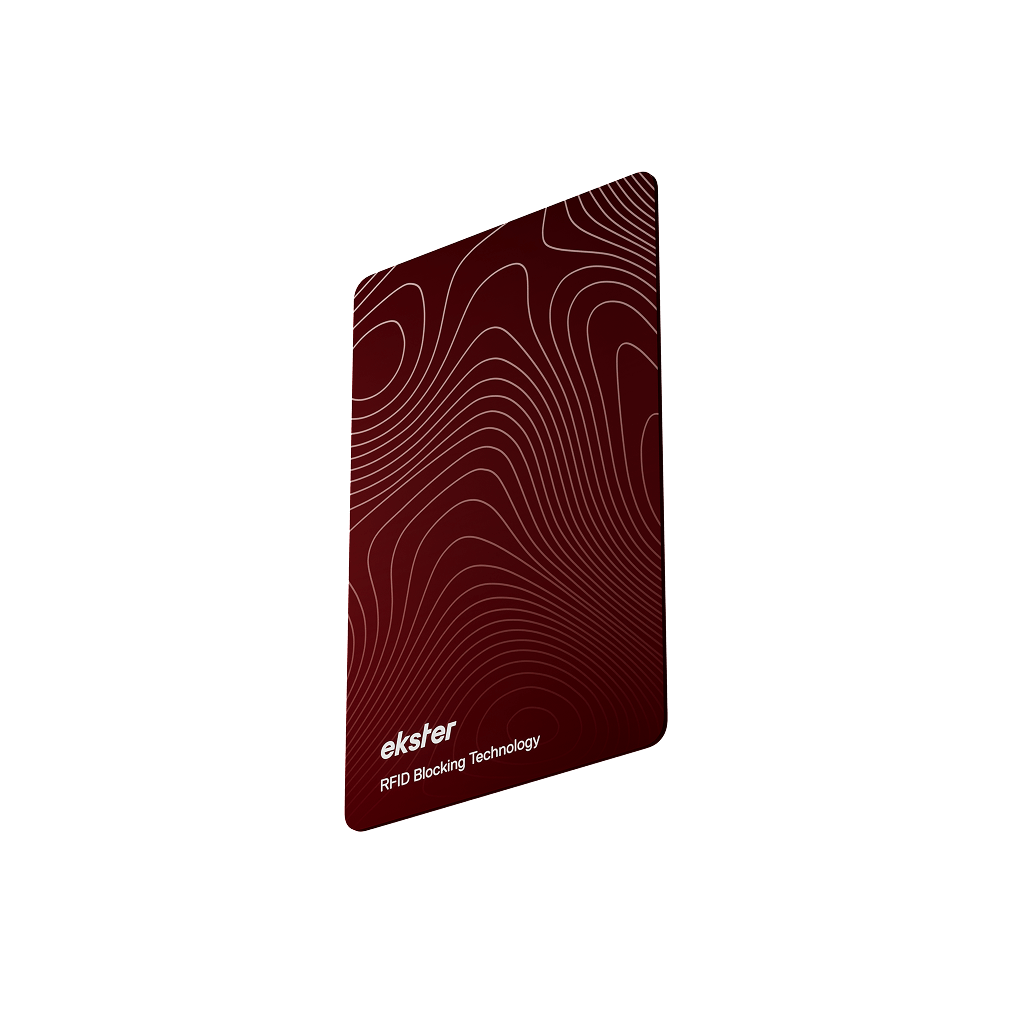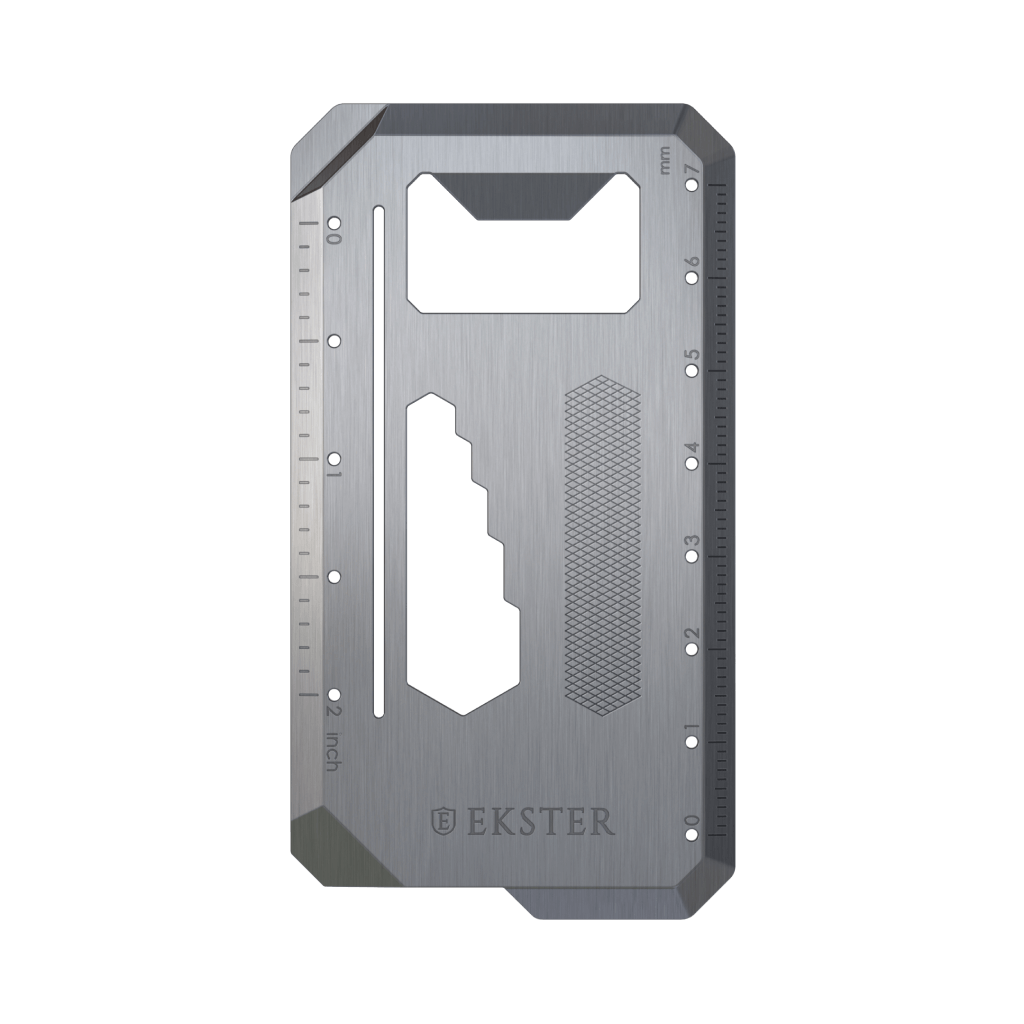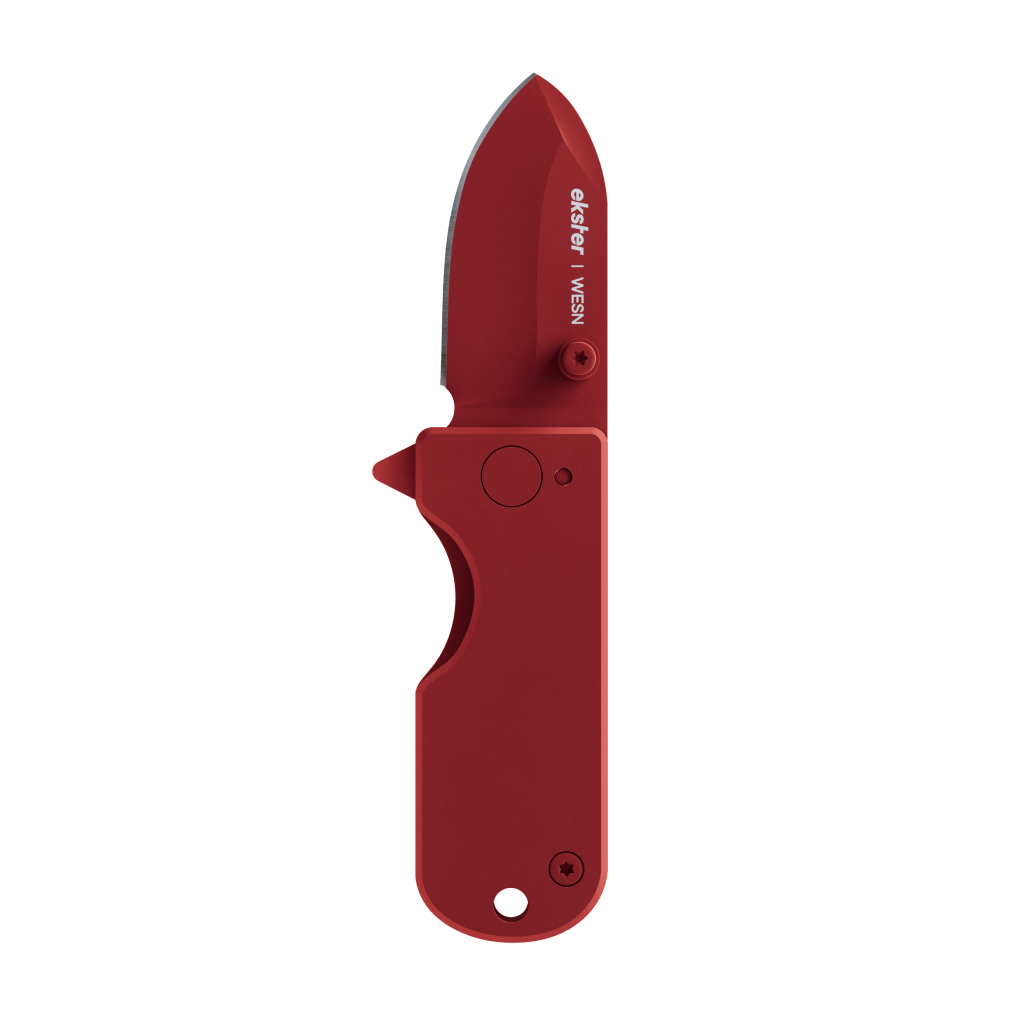Wallet Organization Hacks That’ll Save You Time Every Day

You know that "I-need-this-now" moment at the checkout line, scrambling through 14 cards, 5 receipts, a torn movie ticket stub, and an expired gift card that was never removed? Yeah. It’s embarrassing. But more importantly, it wastes time.
If your wallet is a black hole of chaos, here’s your life raft: a set of 9 wallet organization hacks to declutter your carry and make your wallet work for you (not against you).
Use these smart, outside-the-box tips to sharpen your everyday carry (EDC) and reclaim minutes from your daily routine.
1. The 3-zone layout (yes, compartments matter)
Don’t just stuff everything in one slot. Designate three zones in your wallet:
- Daily essentials: Your go-to debit or credit card, ID, and transit card
- “Use soon but not daily”: Gym card, loyalty cards, insurance card.
-
"Once in a blue moon” or emergencies: Spare card, emergency cash, rarely-used receipts.
By separating zones, you dramatically reduce the “card shuffle” when you’re in a hurry. You’ll automatically know where to reach without thinking.
2. Digitize everything possible
Quick-fire rule: if you can get it on your phone, don’t carry the paper.
- Store loyalty cards and membership cards in a wallet app or the phone’s “wallet” app.
- Take photos of receipts and auto-delete after 30 days (or after tax season).
- Use digital IDs (where legal) or driver’s license stored in secure phone apps.
Less paper = fewer folds, less bulge, and fewer “what’s this?” moments at the cash register.
3. Stack order by probability, not by category
Most people order cards by type (all credit cards together, all loyalty cards together). But you’re not a robot. Organize by chance of use:
- Most frequently used card at front (or easiest-to-pull spot)
- Next frequent after that
- Least frequent deep in the wallet
You’ll naturally flip fewer times. This is a small behavioral trick that compounds every day.
4. Use a “temporarily stashed” card holder
Carry a tiny card sleeve or sticky wallet (e.g. one of those slim adhesive card sleeves you stick to your phone or case) for those random cards you need just today.
Example: You pick up a library card, a hotel key card, or a medical card for the day and slide it into that temporary slot. In the evening, offload whatever’s left back into your “use soon” zone or toss it. This keeps your main wallet clean of day-to-day noise.
5. Flatten and fold receipts on the spot
As soon as you get a receipt, open your wallet briefly and fold it flat (or better, snap a photo and toss it).
A crumpled receipt ball is your wallet’s enemy. If you allow receipts to pile up, they push other items out of alignment, causing lag when you bend or pull cards.
6. Smart use of elastic or clip modulars
If your wallet or cardholder supports modular additions (like elastic bands, removable clips), use:
- A thin elastic money band to hold folded cash (instead of stuffing notes into side slots).
- A clip for overlooked things like a SIM ejector pin, emergency safety pin, or micro-SD adapter.
- Use removable “spacers” or inserts to reduce internal dead space. Let your wallet hug your contents rather than letting them slosh around.
7. Get into a monthly “wallet audit” habit
Set a recurring 5-minute event (e.g. first of the month) titled “wallet purge.” Do this:
- Remove all contents.
- Toss expired cards, useless receipts, and outdated coupons.
- Reorganize into the 3 zones again.
- Clean out card slots lightly (dust, lint).
Do this before it becomes a choking hazard. The more consistent you are, the more your default stays tidy.
8. Leverage the “odd slot trick”
Do you have a slot in your wallet that’s always empty? Use it as a one-time “float” for oddities the day throws at you:
- Friend’s loyalty card you’ll use later
- Random commute or gym card
- Business card or appointment card
If at the end of the day something remains there, move it to the proper zone or discard it.
9. Use contrasting color cards for “anchors”
If your wallet layout is symmetrical (e.g. two card slots side by side), use a brightly colored or unique card as a visual anchor on one side.
This helps your brain instantly know “left side = credit cards, right side = ID + transit.” The contrasting card acts as the mental pivot so you don’t fumble.
Why These Hacks Matter (Beyond a Tidier Wallet)
- Time saved — microseconds multiplied across weeks and months add up.
- Reduced stress — you don’t dread the checkout moment.
- Longevity — less bending, friction, wear-and-tear on cards and wallet.
- Better awareness — you know exactly what you carry, what you don’t.
-
Confidence in weird moments — backup plan, quick access, no panic.
These tricks will help you reshape how your wallet behaves for you, instead of being a ragtag beast.
How Ekster Helps You Stay Organized
Let’s be real, if you’re already carrying one of our smart wallets, half these “organization hacks” are basically built in.
Our wallets are designed to make clutter impossible. The trigger mechanism fans out your cards at the click of a button, so you’re never fumbling or double-checking which slot your main card’s hiding in.
The RFID-blocking aluminum core keeps your cards aligned and protected (no more bending, no bulk). And because it holds just what you actually use (1 to 14 cards and some cash), it naturally enforces that minimalist mindset most people have to train themselves into.

The modular add-ons make daily organization even smarter:
- The cash clip and coin tray keep bills and coins separate from cards.
- The Finder Card wallet tracker makes losing your wallet a non-issue. You can literally ring it from your phone.
- The Cardholder Pro and Wallet Pro let you build your carry your way, swapping or combining modules depending on your day (gym, travel, work, date night; all covered).
Basically, the hacks above are for people still fighting with old-school bifolds. If your wallet already organizes itself (and even tells you where it is when you forget), you’ve skipped the clutter phase entirely.
Our design isn’t just about saving space; it’s about saving time. Every second you’re not shuffling cards or searching for your wallet is time back in your day. That’s the whole point.
The Bottom Line
Wallet organization doesn’t have to be a full-time job. It just needs smarter tools and a few intentional habits. The right wallet should simplify your life, not add to the noise.
Whether you’re trimming down to the essentials or already rocking one of our smart wallets, the goal’s the same: spend less time searching, and more time actually living. Because when your everyday carry runs like clockwork, so does everything else.
DISCOVER THE MOST ORGANIZED WALLETS

Wallet Organization FAQs
What is the best way to declutter wallet contents?
Start by emptying everything, then use the 3-zone method (daily/occasional/emergency). Digitize, purge unused items, and stay ruthless about receipts and expired cards.
How often should I reorganize my wallet?
A monthly audit of 5 minutes is ideal. If your lifestyle changes (new job, new city, new transit card), do one immediately.
Can wallet organization really save me time?
Yes. By reducing card shuffling, eliminating wasted searching, and reducing friction at the point of sale. Those seconds add up.
What are everyday carry tips for wallets?
Carry the minimum needed, digitalize where possible, use modular systems, audit consistently, and organize by use frequency instead of card type.
Should I carry cash in a slim wallet?
Yes, but smartly. Fold bills tightly, use elastic bands or money clips, and store cash in a dedicated zone so it doesn’t disrupt card order.
How can I protect cards from bending and wear?
Use dummy spacer cards, avoid overstuffing, keep tight card stacks, and adopt rigid or semi-rigid wallet materials that resist warping.
How do Ekster wallets save you time?
Every detail of our wallets is designed for efficiency. The quick access trigger lets you grab the right card instantly, while the RFID-blocking aluminum core keeps everything neatly aligned. Add a tracker card, and you’ll never waste another minute searching for a lost wallet again. It’s all about trimming the friction out of daily carry. Fewer steps, less clutter, more flow.






